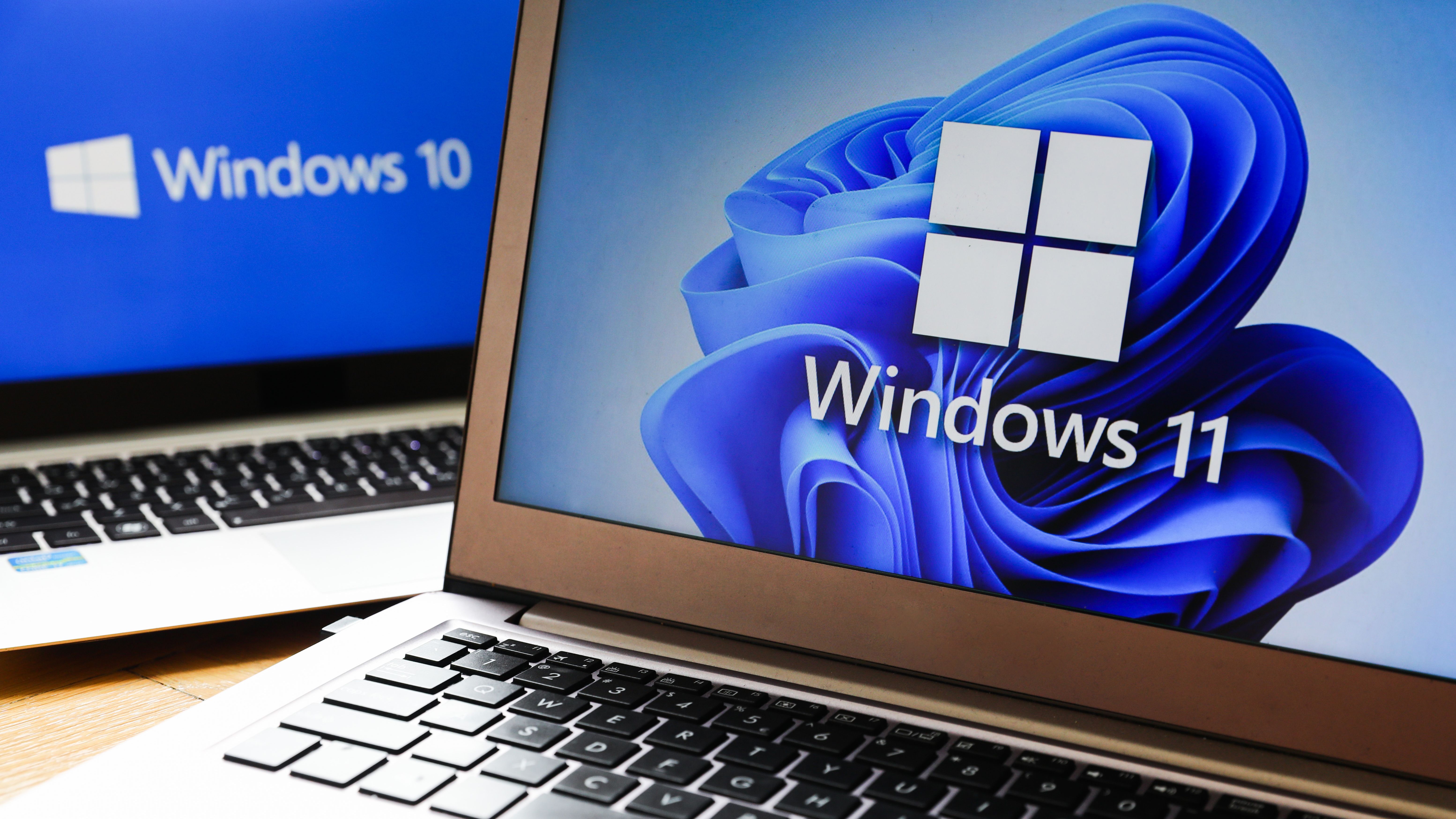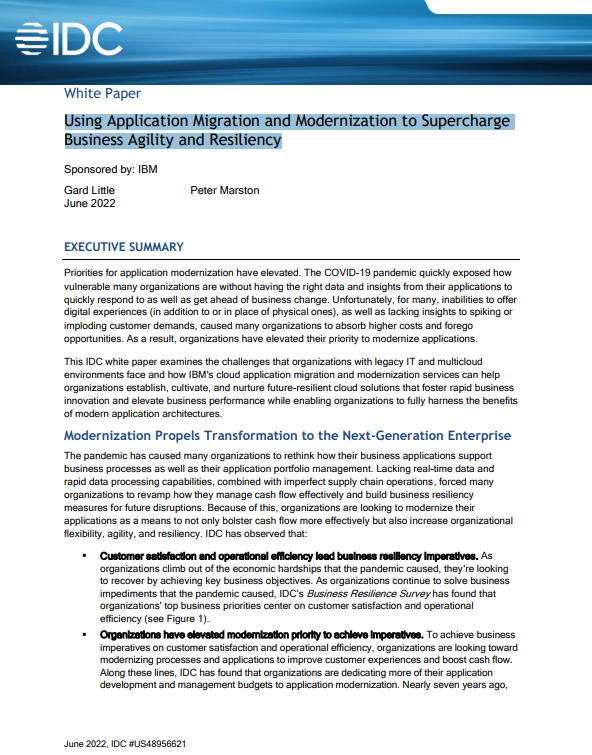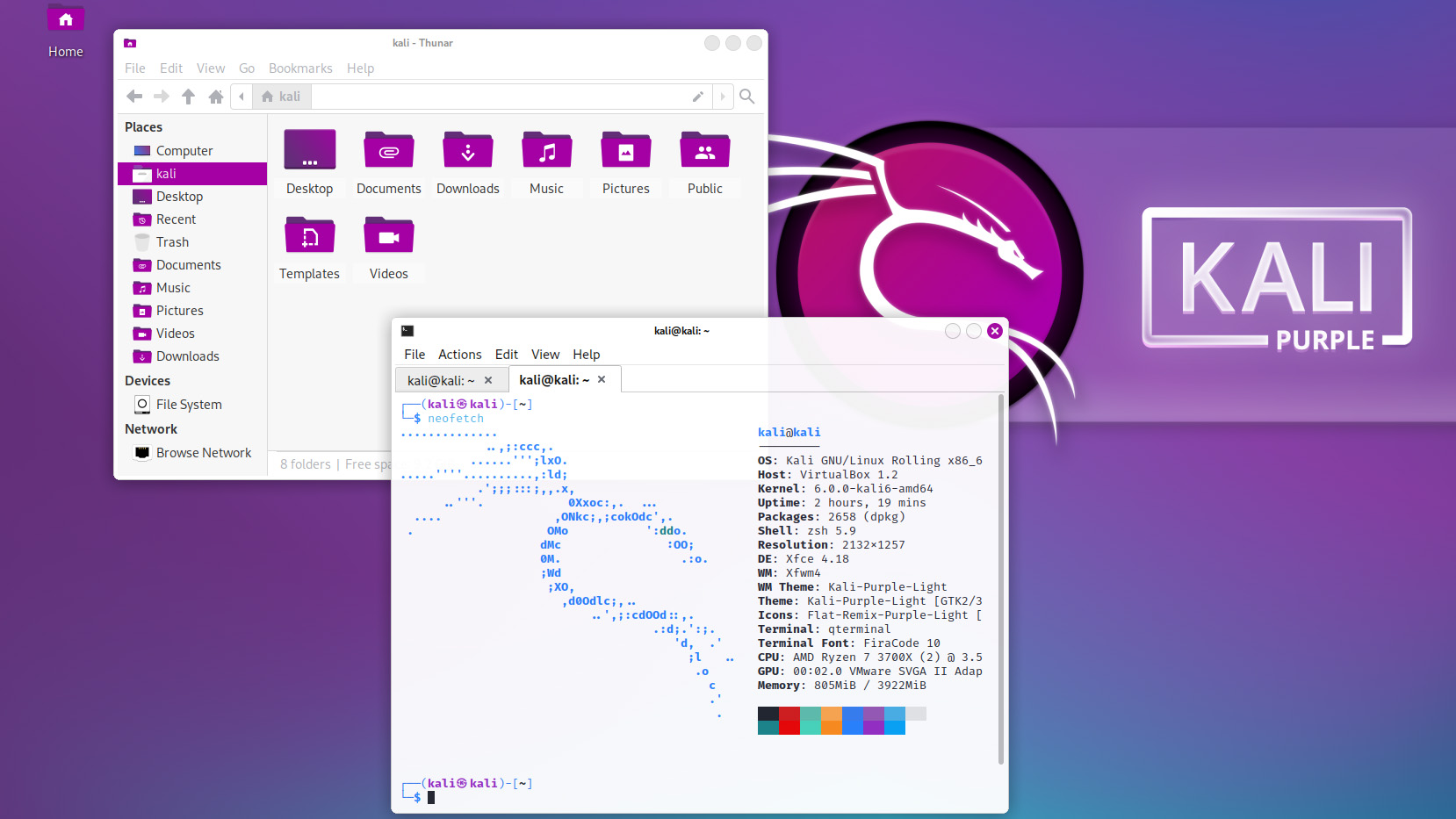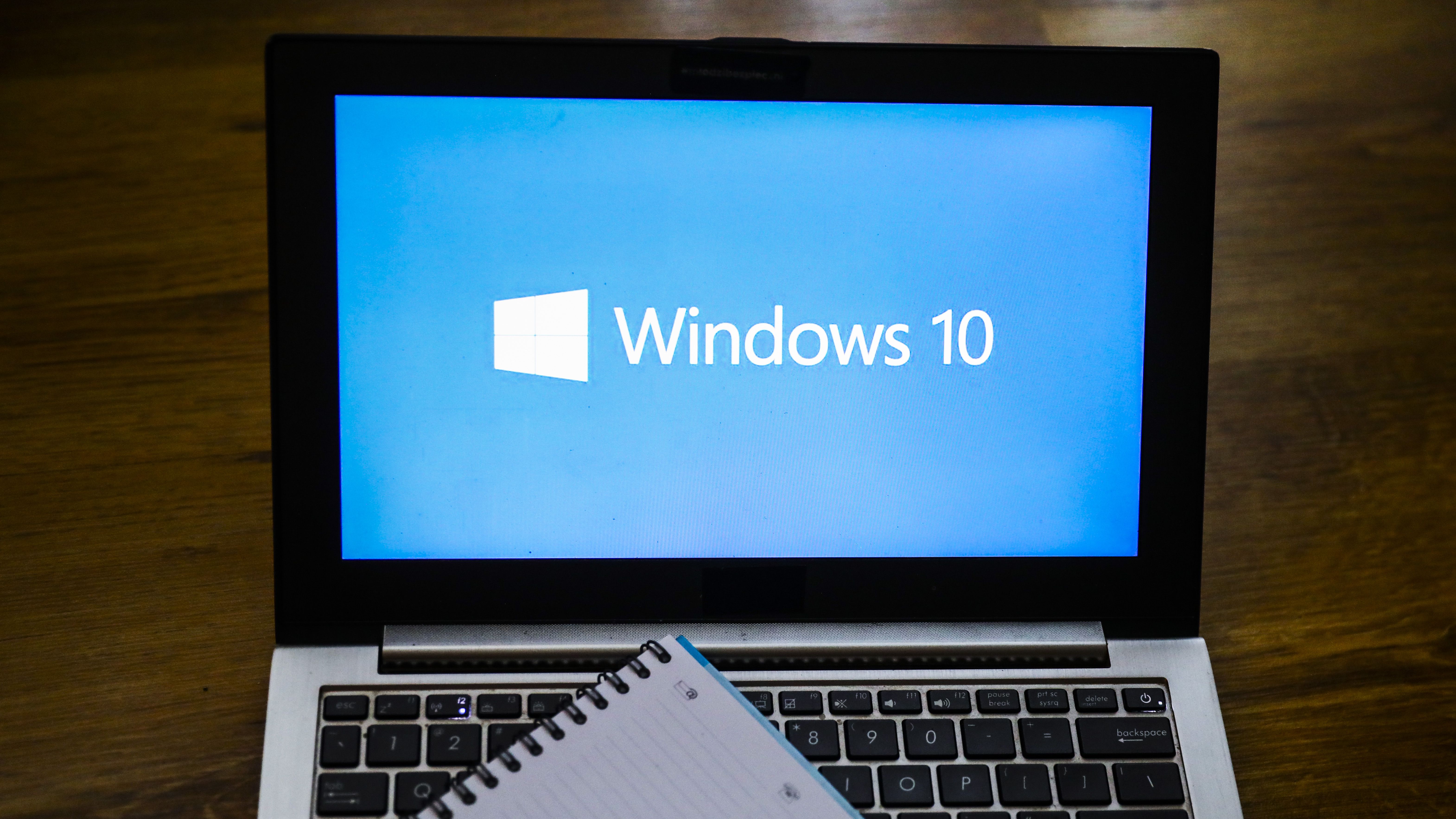Microsoft releases scripts to restore shortcuts deleted in faulty Windows Defender update
However, some users have resorted to creating their own fixes as they’ve encountered Microsoft’s to be problematic


Microsoft has released scripts in an attempt to help users fix an issue caused by a faulty Windows Defender update issued on 13 January.
The tech giant pushed a Microsoft Defender for Endpoint update which caused users to experience a “series of false positive detections” for the Attack Surface Reduction (ASR) rule: 'Block Win32 API calls from Office macro'. The result had the unintended effect of deleting Windows shortcut (.lnk) files, and only affected update builds between 1.381.2134.0 and 1.381.2163.0.
Microsoft published instructions on 14 January detailing how to help system administrators restore shortcuts that were accidentally deleted by the update. First, the tech giant is advising customers to update to build 1.381.2164.0 or later. However, this will not restore deleted files.
When the update was initially deployed and system administrators were looking for ways to repair their systems, one of the suggested fixes suggested by administrators was to turn “Block Win32 calls from Office macros” into audit mode. Microsoft has now said this can safely be turned back into block mode once the new update has been installed and deployed.
The tech giant has also outlined steps clients can take to retrieve deleted Windows shortcuts. It said this works for “a significant subset of the affected applications that were deleted". The steps are provided in a PowerShell script, with Version 1.1 available on GitHub.
Microsoft has provided Microsoft Defender advanced hunting queries (AHQs) to help administrators find shortcuts that have been affected by the rule "Block Win32 API calls from Office macro". There are three AHQs in total:
- The first retrieves block events from devices running the ASR rule which has block mode enabled
- The second retrieves events from devices running the ASR rule, which have enabled both block and audit mode
- The third AHQ retrieves the number of devices running the ASR rule and finds out whether it exceeds 10,000 devices
Some administrators have voiced concerns about the scripts provided by Microsoft, claiming that they don’t report all the shortcuts that have been lost.
Get the ITPro daily newsletter
Sign up today and you will receive a free copy of our Future Focus 2025 report - the leading guidance on AI, cybersecurity and other IT challenges as per 700+ senior executives
“We have many devices that have lost at least all office shortcuts. The AH[Q] only reports a few of them,” wrote one user on the Microsoft community website.
RELATED RESOURCE

Using application migration and modernisation to supercharge business agility and resiliency
Modernisation can propel your digital transformation to the next generation
“This script isn't a definitive fix, it misses various apps as discussed by others. You cannot simply customise it/add all your apps as indicated and does not really 'restore' anything - it just creates a new shortcut as the original folders in start menu [and] programs still exist but the shortcut is not restored there,” said one user.
“Also doesn't address anything other than the start menu [such as] quick access [or] toolbar shortcuts. Three days on and [this is] the best Microsoft can do? And the next update is 8pm tonight UTC.”
Since users have experienced problems with the scripts, members of the community have developed their own solutions and are sharing links to GitHub with their own scripts.
Tech workers have been engaged in online discussions, trying to fine-tune the crowdsourced solutions to the Windows Defender issues.
The community-developed scripts are lacking in functionality for non-English speaking countries, however, a large list of applications have been added with more being added throughout Monday.
At the time of writing, major applications from Microsoft, Adobe, Google, Mozilla, Dell, Nvidia, RingCentral, and many more are supported with users reporting positive results.
Zach Marzouk is a former ITPro, CloudPro, and ChannelPro staff writer, covering topics like security, privacy, worker rights, and startups, primarily in the Asia Pacific and the US regions. Zach joined ITPro in 2017 where he was introduced to the world of B2B technology as a junior staff writer, before he returned to Argentina in 2018, working in communications and as a copywriter. In 2021, he made his way back to ITPro as a staff writer during the pandemic, before joining the world of freelance in 2022.
-
 Why keeping track of AI assistants can be a tricky business
Why keeping track of AI assistants can be a tricky businessColumn Making the most of AI assistants means understanding what they can do – and what the workforce wants from them
By Stephen Pritchard
-
 Nvidia braces for a $5.5 billion hit as tariffs reach the semiconductor industry
Nvidia braces for a $5.5 billion hit as tariffs reach the semiconductor industryNews The chipmaker says its H20 chips need a special license as its share price plummets
By Bobby Hellard
-
 A journey to cyber resilience
A journey to cyber resiliencewhitepaper DORA: Ushering in a new era of cyber security
By ITPro
-
 A new framework for third-party risk in the European Union
A new framework for third-party risk in the European Unionwhitepaper Report: DORA and cyber risk
By ITPro
-
 Kali Linux releases first-ever defensive distro with score of new tools
Kali Linux releases first-ever defensive distro with score of new toolsNews Kali Purple marks the next step for the red-teaming platform on the project's tenth anniversary
By Rory Bathgate
-
 Windows Defender update deletes Start Menu, Taskbar, Desktop shortcuts
Windows Defender update deletes Start Menu, Taskbar, Desktop shortcutsNews For now, it appears that administrators will have to manually recreate their shortcuts once the issue has been fixed
By Zach Marzouk
-
 IBM LinuxONE for dummies
IBM LinuxONE for dummiesWhitepaper Secure your data, build an open hybrid cloud environment, and realise the cost benefits of consolidation
By ITPro
-
 Windows 10 users encounter ‘blue screen of death’ after latest Patch Tuesday update
Windows 10 users encounter ‘blue screen of death’ after latest Patch Tuesday updateNews Microsoft said it is working on a fix for the issue and has offered users a temporary workaround
By Ross Kelly
-
 Apple issues fix for ‘actively exploited’ WebKit zero-day vulnerability
Apple issues fix for ‘actively exploited’ WebKit zero-day vulnerabilityNews The update marks the 10th fix for zero-day vulnerabilities this year
By Ross Kelly
-
 Mysterious MacOS spyware discovered using public cloud storage as its control server
Mysterious MacOS spyware discovered using public cloud storage as its control serverNews Researchers have warned that little is known about the 'CloudMensis' malware, including how it is distributed and who is behind it
By Rory Bathgate